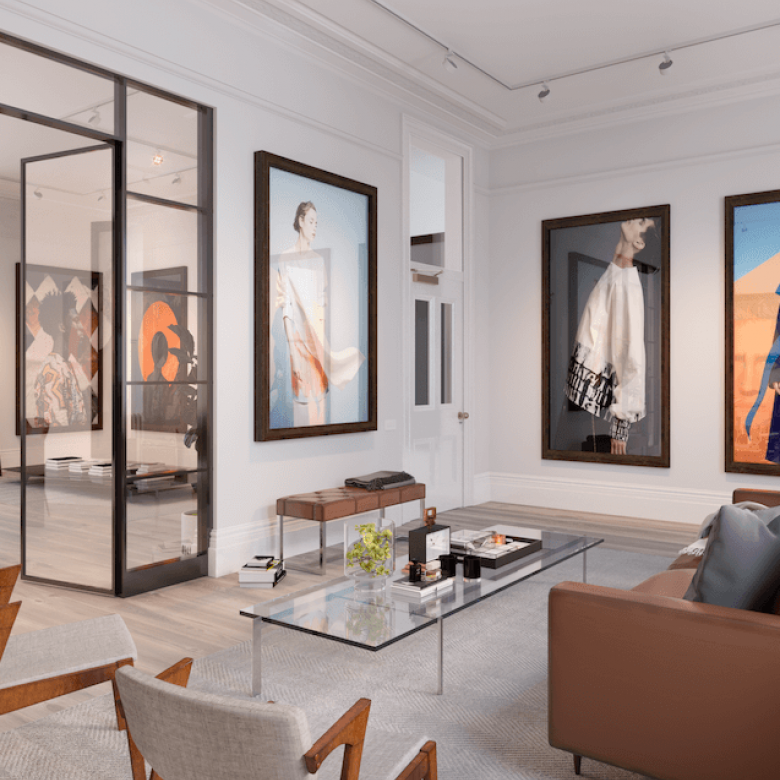Explore Expert Hampshire Architects for Your Next Project
Explore Expert Hampshire Architects for Your Next Project
Blog Article
The Art of Equilibrium: Just How Interior Design and Home Engineer Collaborate for Stunning Outcomes
In the world of home style, striking an equilibrium in between looks and performance is no tiny task. This fragile stability is attained via the unified partnership in between indoor developers and designers, each bringing their one-of-a-kind knowledge to the table. The result? Rooms that are not just aesthetically stunning however also extremely habitable. However, this best blend is not always simple to achieve. Stay with us as we explore the complexities of this collaborative procedure and its transformative effect on home layout.
Recognizing the Core Distinctions In Between Interior Style and Home Style
While both Interior Design and home style play essential functions in developing aesthetically pleasing and practical rooms, they are inherently various techniques. Home design mainly concentrates on the structural facets of the home, such as building codes, safety laws, and the physical construction of the space. It manages the 'bones' of the structure, collaborating with spatial dimensions, bearing walls, and roof covering layouts. On the other hand, Interior Design is more concerned with enhancing the aesthetic and sensory experience within that structure. It includes picking and setting up furnishings, choosing shade schemes, and incorporating attractive components. While they function in tandem, their roles, responsibilities, and areas of proficiency diverge significantly in the development of a harmonious home atmosphere.
The Synergy In Between Home Architecture and Interior Decoration
The synergy in between home style and Interior Design depends on a shared vision of design and the improvement of useful looks. When these 2 fields line up sympathetically, they can change a home from regular to extraordinary. This partnership needs a deeper understanding of each self-control's concepts and the ability to develop a natural, aesthetically pleasing environment.
Unifying Design Vision
Merging the vision for home design and Interior Design can develop an unified home that is both practical and aesthetically pleasing. The balance starts with an incorporated frame of mind; engineers and interior designers collaborate, each bringing their know-how. This unison of ideas forms the design vision, a plan that guides the project. This common vision is vital for uniformity throughout the home, guaranteeing a fluid shift from outside design to indoor rooms. It promotes a synergistic strategy where building aspects enhance Interior Design components and the other way around. The outcome is a cohesive space that mirrors the property owner's preference, personality, and lifestyle. Hence, unifying the layout vision is important in blending style and Interior Design for magnificent outcomes.
Enhancing Useful Aesthetics
How does the synergy between home style and Interior Design improve useful aesthetic appeals? This synergy enables the creation of areas that are not only visually appealing yet additionally conveniently useful. Designers lay the groundwork with their architectural style, making sure that the area is reliable and useful. The indoor developer after that complements this with thoroughly selected components that boost the aesthetic appeals without compromising the functionality. This unified cooperation can cause homes that are both beautiful and liveable. As an example, an architect might design a house with huge windows and high ceilings. The indoor developer can after that emphasize these attributes with tall plants and large curtains, respectively, therefore boosting the aesthetic charm while maintaining the practical benefits of all-natural light and space.
Significance of Cooperation in Creating Balanced Spaces
The cooperation between interior designers and designers is essential in developing well balanced rooms. It brings harmony between layout and architecture, bring to life areas that are not just cosmetically pleasing but additionally functional. Discovering effective joint strategies can give understandings into how this harmony can be successfully achieved.
Harmonizing Style and Design
Balance, a necessary aspect of both Interior Design and see this here design, can just absolutely be accomplished when these two areas operate in harmony. This harmony is not just a visual factor to consider; it impacts the capability, sturdiness, and eventually, the livability of a space. Inside developers and architects need to comprehend each various other's functions, appreciate their expertise, and interact properly. They should think about the interplay of structural components with design, the circulation of areas, and the effect of light and shade. This joint process leads to a natural, balanced style where every component has an objective and contributes to the total visual. For that reason, balancing style and architecture is not nearly developing lovely rooms, but regarding crafting areas that function seamlessly for their occupants.
Effective Joint Techniques

Instance Researches: Effective Combination of Design and Architecture
Analyzing a number of case studies, it becomes noticeable how the effective integration of indoor layout and architecture can change a room. Architect Philip Johnson and interior developer Mies van der Rohe worked together to create a harmonious equilibrium between the framework and the interior, resulting in a seamless circulation from the exterior landscape to the internal living quarters. These instance studies underscore the profound influence of an effective design and architecture partnership.

Conquering Difficulties in Design and Design Collaboration
In spite of the indisputable benefits of an effective partnership in between indoor layout and architecture, it is not without its obstacles. more helpful hints Architects may prioritize structural integrity and security, while designers concentrate on convenience and design. Effective interaction, common understanding, and compromise are crucial to conquer these difficulties and accomplish a harmonious and successful partnership.

Future Trends: The Advancing Connection Between Home Architects and Interior Designers
As the world of home style proceeds to advance, so does the connection between architects and interior developers. On the other hand, interior designers are embracing technical elements, influencing total format and functionality. The future guarantees a more natural, innovative, and adaptive approach to home design, as designers and designers linked here proceed to obscure the lines, promoting a relationship that truly embodies the art of equilibrium.
Verdict
The art of equilibrium in home layout is attained via the harmonious collaboration in between indoor designers and engineers. An understanding of each various other's disciplines, reliable communication, and shared vision are vital in developing visually spectacular, functional, and inviting rooms. In spite of difficulties, this collaboration promotes growth and technology in design. As the connection in between home designers and indoor designers progresses, it will certainly remain to form future trends, boosting convenience, performance, and individual expression in our home.
While both interior design and home design play important roles in developing cosmetically pleasing and practical spaces, they are naturally different disciplines.The harmony between home style and indoor design lies in a common vision of style and the enhancement of functional visual appeals.Linking the vision for home style and indoor style can develop a harmonious living space that is both practical and visually pleasing. Thus, unifying the design vision is crucial in blending architecture and indoor design for magnificent outcomes.
How does the synergy in between home architecture and indoor style boost functional appearances? (Winchester architect)
Report this page